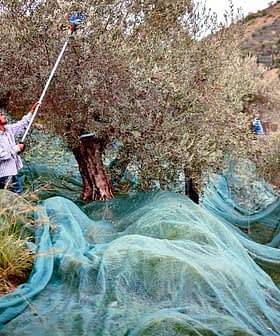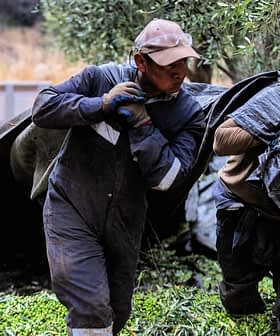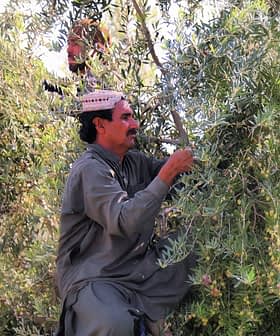California Table Olive Yield Projected to Increase for Second Consecutive Year
California’s table olive production is expected to increase for the second consecutive year in 2024, with the USDA estimating a six percent rise to 40,000 U.S. tons, largely due to favorable weather conditions and increased snowpack. Despite the positive outlook, challenges such as labor shortages, rising production costs, and competition from cheap imports continue to impact the industry, leading to a decline in production over the past decade.
California’s table olive production is expected to rise for the second straight year after a wet start in 2024 and favorable weather conditions as olive trees bloom.
In an annual survey of 249 growers, the United States Department of Agriculture estimated that California will produce 40,000 U.S. tons of table olives in 2024, a six percent increase from 2023 and double the yield in 2022.
The USDA estimated that Sevillano production would rise notably, reaching 3,200 U.S. tons, while Manzanillo production reached 36,700 U.S. tons. Other varieties account for the remaining 100 U.S. tons forecasted.
See Also:Table Olive Production in Spain Rebounds, but Falls Short of Initial ExpectationsThe department attributed the production increase to precipitation in late winter and early spring, which built up the snowpack in Sierra Nevada and boosted reservoir capacity to “normal water conditions.” This was followed by favorable weather as the olive trees bloomed in May and the fruit began to set.
USDA
The USDA noted that high summer temperatures forced many table olive growers to irrigate their groves. The department added that insufficient labor, rising production costs and marketing issues remain the foremost challenges facing the sector.
Despite the second straight year of an increased harvest, California table olive production continues to trend down.
Between 2010 and 2014, the Golden State produced an average of 82,700 U.S. tons of table olives annually. This production average fell to 68,520 U.S. tons from 2015 to 2019, plummeting to 33,490 U.S. tons from 2020 to 2024.
“Why is tonnage declining? The facts point to weather, access to labor, increasing costs and competition from cheap imports,” Liz Tagami, founder of American Olive Farmer, wrote in a May 2024 crop report.
Specifically, she cited California’s drought from the late 2010s to early 2020s and extreme spring weather events as two climatic factors impacting production.
Additionally, she pointed to restrictive immigration policies that have made it more difficult for producers who rely on hand harvesting to find sufficient workers.
“Immigration policy has put the squeeze on migrant labor, making it difficult to find documented workers to work when the olives are ready,” Tagami wrote.
Along with the challenges created by the climate and lack of workers, local and international economic conditions have also squeezed California’s table olive farmers.
Tagami pointed to the rising costs for fuel, olive fruit fly mitigation, permits and taxes paired with lower production costs for European competitors, specifically Spanish table olive imports.
“Imported olives – farmed without California’s labor and environmental protections and with the benefit of E.U. subsidies – can be grown, shipped and sold in the U.S. at lower prices than we can produce here, recent countervailing tariffs for canned ripe olives notwithstanding,” Tagami wrote.
Still, California olive farmers received good news in July after the U.S. International Trade Commission voted to extend tariffs on some Spanish black ripe table olive imports for another five years.









